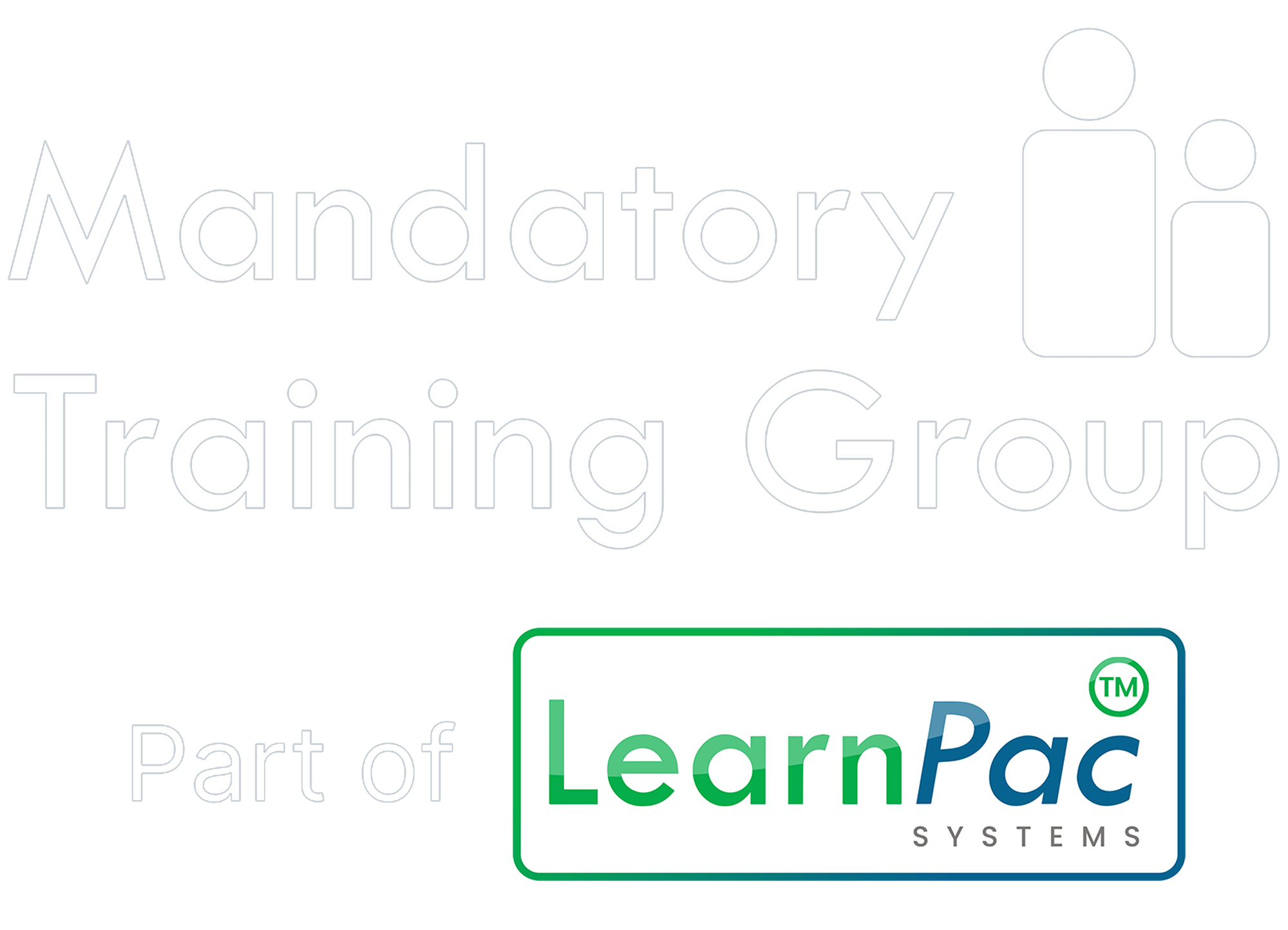You have no items in your shopping basket.
Key facts and statistics
Heart disease remains a leading cause of death globally. In the UK alone, there are around 100,000 hospital admissions each year due to heart attacks. However, the incidence of out-of-hospital cardiac arrests in the UK is estimated at around 60,000 annually. The survival rate outside of hospital settings is less than one in ten, underscoring the urgency of immediate and correct response to cardiac emergencies.
Definitions and clinical differences
- Myocardial infarction heart attack - A heart attack occurs when blood flow to part of the heart muscle is blocked for an extended period, causing damage to the heart muscle. Common causes include coronary artery disease, such as plaque buildup in the coronary arteries.
- Cardiac arrest - Cardiac arrest occurs suddenly and often without warning. It is triggered by an electrical malfunction in the heart that causes an irregular heartbeat (arrhythmia). With its pumping action disrupted, the heart cannot pump blood to the brain, lungs, and other organs. Seconds later, a person becomes unresponsive, without a pulse. Immediate treatment is vital for survival.
Legislation, regulations, and best practices
In the UK, the Resuscitation Council (UK) provides regularly updated guidelines to reflect best practices in managing cardiac arrests and heart attacks. These guidelines are crucial in training non-medical and healthcare professionals to handle these emergencies effectively. The Health and Safety Executive (HSE) also outlines duties and standards in workplace settings, ensuring that employees receive adequate emergency response training, including automated external defibrillators (AEDs).
Recognising the signs
- Heart attack - Symptoms include chest pain, discomfort in other upper body areas, shortness of breath, cold sweat, nausea, or light-headedness.
- Cardiac arrest - Symptoms are immediate and drastic and include sudden collapse, unresponsiveness, no breathing, and no pulse.
Risk factors and prevention
Understanding the risk factors, which include lifestyle choices and genetic predisposition, is key to prevention. Regular exercise, a healthy diet, and avoiding smoking are critical steps in preventing both heart attacks and cardiac arrests.
Immediate actions and first aid
- Heart attack - Call emergency services immediately. A person experiencing a heart attack may be conscious and breathing and should be made as comfortable as possible.
- Cardiac arrest - Immediate action is crucial; call for emergency help. Begin CPR (Cardiopulmonary Resuscitation) immediately and continue until professional help arrives or the person begins to show signs of life. If an AED is available, use it as soon as possible.
Recommendations
Everyone should be trained in basic first aid and CPR. These skills are essential, particularly for those who regularly interact with people at high risk of heart conditions, such as healthcare professionals and caregivers.
Conclusion
Understanding the difference between a cardiac arrest and a heart attack can be the difference between life and death. Recognising the signs and knowing how to respond can greatly increase the chances of survival. We recommend all organisations invest in regular first aid training for their staff, which should include practical training on how to respond to these medical emergencies.
To learn more about how you and your organisation can prepare to respond effectively to heart-related emergencies. Click here to explore our first aid courses and training qualifications. Ensure that you are compliant with UK regulations and equipped to save lives.
About the author
Rose Mabiza
Rose has dedicated over 15 years to improving health and social care quality through practice, targeted education and training. Her extensive experience includes working with older adults, individuals with mental health conditions, and people with autism and learning disabilities.




